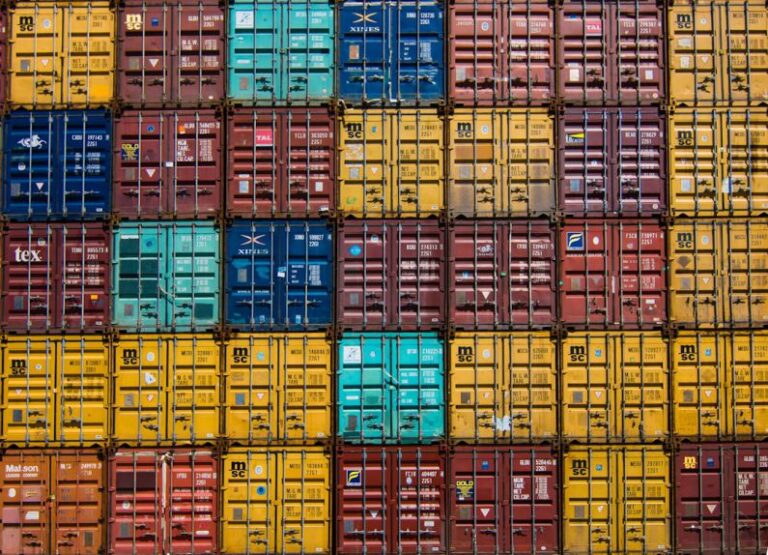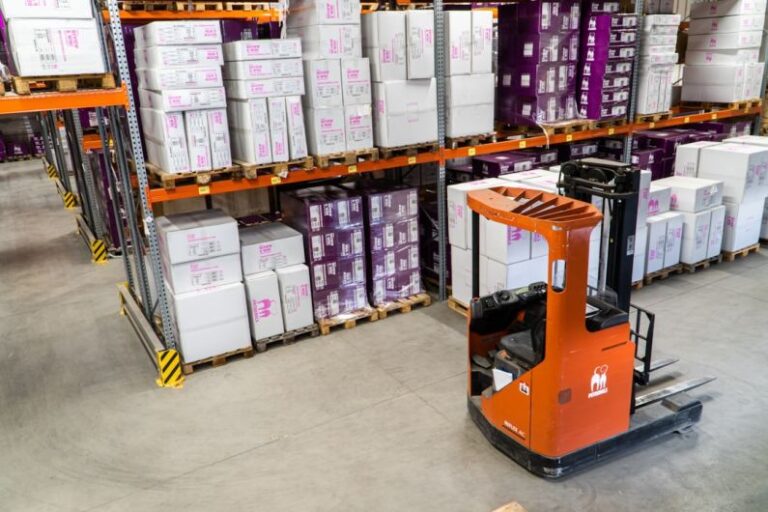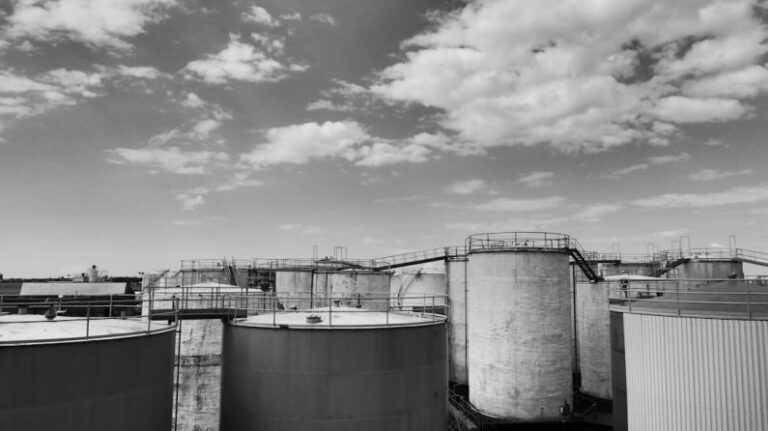Improving Transportation Methods for Better Efficiency
In today’s fast-paced world, efficient transportation is crucial for the smooth functioning of society. Whether it’s commuting to work, transporting goods, or traveling for leisure, the way we move from one place to another significantly impacts our daily lives. Improving transportation methods is essential not only for saving time and money but also for reducing environmental impact and enhancing overall quality of life.
**Smart Traffic Management Systems**
One of the key areas where transportation efficiency can be vastly improved is through the implementation of smart traffic management systems. These systems utilize advanced technologies such as sensors, cameras, and data analytics to monitor traffic flow in real-time. By collecting and analyzing data, these systems can optimize traffic signal timings, detect congestion hotspots, and provide valuable insights for better decision-making by transportation authorities.
**Investment in Public Transportation**
Investing in public transportation infrastructure is another crucial step towards improving transportation efficiency. A well-connected and reliable public transportation network can encourage people to shift from private vehicles to buses, trains, or subways, reducing traffic congestion and emissions. Moreover, efficient public transportation can enhance mobility for those without access to private vehicles, leading to a more inclusive and accessible transportation system for all.
**Promotion of Sustainable Modes of Transport**
Promoting sustainable modes of transport, such as cycling and walking, can also contribute to better transportation efficiency. Encouraging people to use non-motorized forms of transportation not only reduces traffic congestion but also promotes a healthier and more active lifestyle. Building dedicated cycling lanes, pedestrian-friendly pathways, and bike-sharing programs can make these sustainable modes of transport more appealing and convenient for commuters.
**Integration of Multi-Modal Transport**
The integration of multi-modal transport options is another effective strategy for improving transportation efficiency. By seamlessly connecting different modes of transport, such as buses, trains, bicycles, and ride-sharing services, commuters can enjoy a more flexible and convenient travel experience. Integrated ticketing systems, real-time information sharing, and coordinated schedules can make it easier for people to switch between different modes of transport during their journey, reducing travel time and enhancing overall efficiency.
**Embracing Emerging Technologies**
Embracing emerging technologies, such as electric vehicles (EVs) and autonomous vehicles (AVs), can revolutionize the way we think about transportation. EVs offer a cleaner and more sustainable alternative to traditional gasoline-powered vehicles, reducing carbon emissions and dependence on fossil fuels. AVs, on the other hand, have the potential to enhance road safety, reduce traffic accidents, and improve traffic flow through advanced algorithms and communication systems.
**Collaboration and Partnerships**
Collaboration and partnerships between governments, transportation agencies, private sector companies, and research institutions are essential for driving innovation and improving transportation efficiency. By working together towards common goals, stakeholders can leverage their expertise, resources, and networks to implement effective solutions that benefit the entire community. Public-private partnerships, research collaborations, and knowledge sharing platforms can foster a culture of innovation and continuous improvement in the transportation sector.
**Sustainable Urban Planning**
Sustainable urban planning plays a critical role in shaping efficient transportation systems. Designing compact, mixed-use neighborhoods with easy access to public transportation, amenities, and green spaces can reduce the need for long commutes and promote more sustainable travel patterns. By prioritizing pedestrians, cyclists, and public transport users in urban planning decisions, cities can create vibrant, livable communities with reduced traffic congestion and improved air quality.
**Conclusion: Towards a More Efficient Transportation Future**
Improving transportation methods for better efficiency is a multifaceted challenge that requires a holistic and collaborative approach. By leveraging smart technologies, investing in public transportation, promoting sustainable modes of transport, integrating multi-modal options, embracing emerging technologies, fostering collaboration, and implementing sustainable urban planning practices, we can pave the way towards a more efficient and sustainable transportation future. With careful planning, innovation, and strategic investments, we can create a transportation system that not only meets the needs of today but also prepares us for the challenges of tomorrow.






